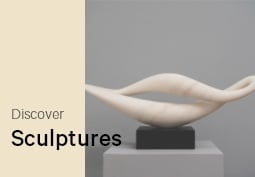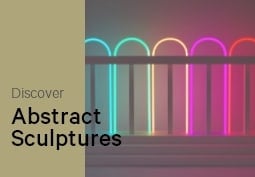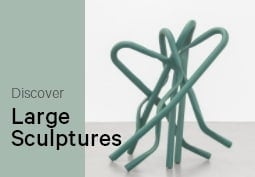Articles and Features
Lost (and Found) Artist Series: Katarzyna Kobro
Art & Life of the Once-Overlooked Avant-Garde Sculptor
By Shira Wolfe
“Her suprematist sculptures are a phenomenon of Europe-wide importance. Her works are an authentic step forward, constituting a victory for impregnable values; they are not an imitation of Malevich, but are rather part of a parallel oeuvre.“
Władysław Strzemiński
Katarzyna Kobro was an important figure of the Polish avant-garde, whose work and contribution to modernism for a long time was mostly unknown outside of Poland. Born in Moscow in 1898 to a Russian mother and a German-Latvian father, she moved to Poland in 1922 with her husband, the painter Władysław Strzemiński. Co-founder and a member of notable national and international artistic groups such as Blok, Praesens, the a.r. group, and Abstraction-Création, Kobro became known for her “spatial sculptures” combining constructivism, architecture, and sculptural forms, and is now gaining recognition as one of the most distinguished female sculptors of the 20th century.
Katarzyna Kobro, Władysław Strzemiński and the a.r. group
Trained at the Moscow School of Painting, Sculpture and Architecture, in Russia Katarzyna Kobro spent time among avant-garde artists such as Vladimir Tatlin, Kazimir Malevich, and Alexander Rodchenko, working as a theater designer and teaching sculpture at the School of Ceramics. Following the October Revolution, as things got increasingly repressive for artists in the newly born Soviet Union, Kobro and Strzemiński fled to Poland in 1922, where they quickly fell in with the avant-garde and became important members of the Polish art scene. Kobro worked across a variety of disciplines. Her main focus was sculpture, but she also made paintings and worked as an architect, set designer, and graphic designer.
In 1929, Kobro and Strzemiński were among a group of artists who cofounded Grupa a.r. (“revolutionary artists group” or “real avant-garde”). Led mainly by Kobro and Strzemiński, the group stood for avant-garde abstract art and published articles and manifestoes. In 1931, Kobro and Strzemiński published Spatial composition: Calculating the Spacetime Rhythm, which formed an important contribution to the theory of avant-garde art.
Museum of Art in Łódź
The couple began to build an art collection including works from European artists they admired and connected to. These artists included the likes of Theo van Doesburg, Jean Arp, El Lissitzky, and Fernand Léger. The members of Grupa a.r. eventually even created a museum for this art collection, the Sztuki Museum in Łodź. It was a fairly unique situation for artists themselves to create such an important collection and museum. Some of the most progressive avant-garde artists were represented in the Sztuki Museum, and Kobro and Strzemiński also added some of their works to the collection. The museum remains an important modern art institution to this day.
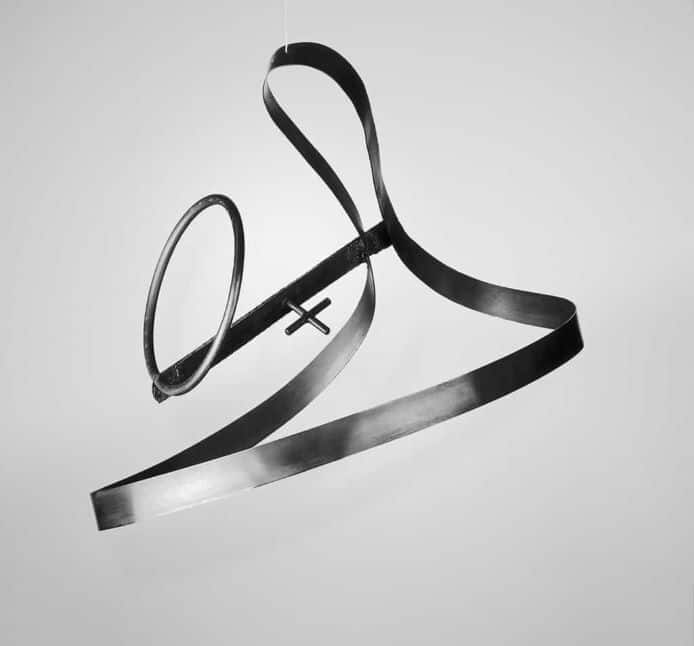
“It should be definitively, irreversibly and once-and-for-all acknowledged that sculpture is neither literature, symbolism or psychological emotion. Sculpture is simply the shaping of form in space. […] Its language is form and space. […] Sculpture is a part of the space in which it is located. […] Sculpture enters space and space enters the sculpture. “
Katarzyna Kobro
The Spatial Sculptures of Katarzyna Kobro
For Katarzyna Kobro, the most important thing was the space surrounding her sculptures. She created sculptures that conceptualized infinite space. Her aim was to make works that coexisted with space and that allowed space to penetrate them. In her words, “Sculpture is simply the shaping of form in space. […] Its language is form and space. […] Sculpture is a part of the space in which it is located. […] Sculpture enters space and space enters the sculpture.”
Kobro’s most productive period was between 1922 and 1939 when she made her celebrated Spatial Compositions combining architectural structures with sculptural forms and the aesthetic of Constructivism. Only 15 of her sculptures exist today, survived against the odds of 20th-century history.
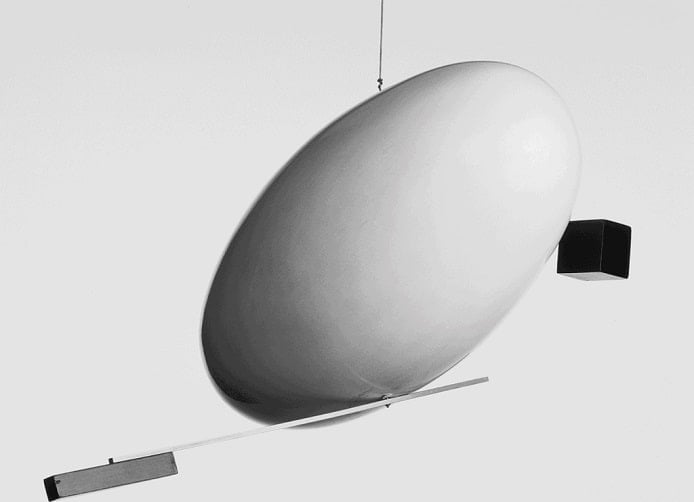
Post-War Life and Legacy
Kobro spent the years of World War II mainly in Łódź. After the war, in 1946, she was denied membership to the Association of Polish artists, which meant that she could not live from her art anymore. She and Strzemiński divorced in 1947, and in order to make a living and take care of her daughter, she worked as a textile artist creating felt toys, and also taught Russian and painting. In 1950, Kobro was diagnosed with cancer and passed away the following year. She had donated most of her works to the Sztuki Museum in Łódź in 1945, and an exhibition of her work was held there after her death in 1956.
Though for many years, she was left out of the main art historical discourse on avant-garde art from that period and overshadowed by her male contemporaries, her works started to regain attention in the ‘80s and ‘90s. Today, Kobro’s contribution to modern art is honored on a wider scale, with retrospectives at major institutions such as the Modern Museet Malmö in 2018 and the Kunstmuseum Den Haag. Her work Spatial Composition (5) is currently on view at MoMA’s Collection 1880s–1940s.
FAQs about Katarzyna Kobro
Katarzyna Kobro was a pioneer of the Polish avant-garde in the 1920s and 1930s and an active member of numerous international organizations that focused on abstraction.
Katarzyna Kobro was born in 1898 to a Russian mother and a German-Latvian father.
A leader of the Polish avant-garde, Katarzyna Kobro contributed to the experimentations in geometric abstraction, greatly influenced by Constructivism. She was a co-founder and member of national and international avant-garde groups such as the a.r. group, Blok, Praesens, Awangarda rzeczywista and Abstraction-Création.
Katarzyna Kobro died of cancer in 1951 at the age of 53.
Relevant sources to learn more
Learn more in Artland Magazine
Art Movement: Constructivism
Stories of Iconic Artworks: Kazimir Malevich’s Black Square
Avant-Garde – Art That Breaks Barriers
Other relevant sources
Learn more about the Sztuki Museum
Read previous editions of our Lost (and Found) Artist series
María Izquierdo
Hannah Ryggen
Judy Rifka
Sonia Gomes
Seydou Keïta


